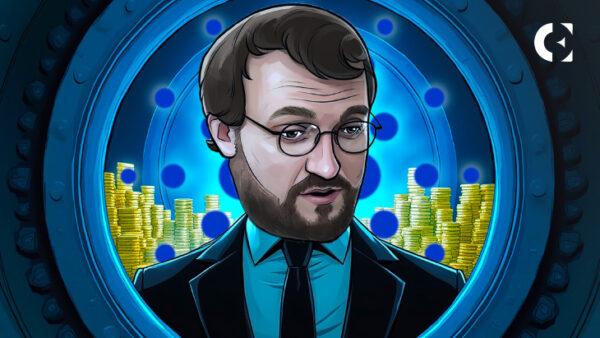Cardano’s upcoming is drawing a lot of attention for its advanced privacy architecture, which is being designed to meet enterprise-level compliance needs.
Cardano’s upcoming is drawing a lot of attention for its advanced privacy architecture, which is being designed to meet enterprise-level compliance needs.
The project, highlighted by Cardano founder Charles Hoskinson as the potential “first Private Stablecoin,” has sparked a deep technical debate within the community.
Charles Hoskinson, founder of Cardano, recently an update from Buenos Aires, highlighting progress on what he described as the “first Private Stablecoin.”
The announcement prompted a detailed response from Andrew Westberg, a Cardano community developer, who outlined the detailed permission structures USDM aims to support.
According to Westberg, the system would allow individualized control over transaction visibility. Employees would see only their own payroll details, accounting staff would access amounts without personal identifiers, and legal authorities would gain temporary access through court orders.
Westberg noted that building this kind of granular control is incredibly difficult. He estimated that the infrastructure necessary for USDM is “10x to 20x” more complex than what you see with public alternatives like USDC.
The project’s goal has drawn both support and doubts. Andrew Jewburg, another industry participant, questioned whether the level of complexity being built into USDM is warranted. He suggested that USDC, with its existing multi-chain support and regulatory integrations, could have served similar use cases with fewer resources. Jewburg further expressed concerns about the narrow utility of private stablecoins, particularly in mass-market applications.
Responding to this, Westberg that USDC’s model does not meet the privacy requirements outlined for USDM, stating that “everything it does is public.” He encouraged individuals to consider broader scenarios beyond enterprise payroll, such as anonymous public transactions, government service payments, and cross-border remittances that comply with sanctions policies without disclosing unnecessary data.
While USDM is being developed within the Cardano ecosystem, Westberg acknowledged that its utility may expand through interactions with other stablecoins. He noted that once assets move off the Midnight chain, privacy features may not continue.
